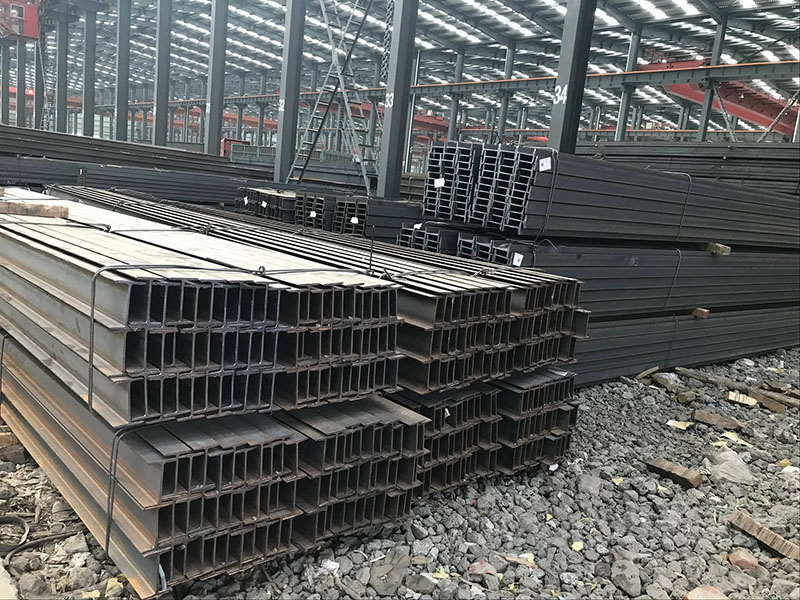
I - beams, also known as universal beams, are steel profiles with an “I” - shaped cross - section. Due to their excellent mechanical properties and reasonable structural design, they play a crucial role in various fields, mainly serving functions such as load - bearing, supporting, and stress - distributing.
The unique cross - sectional shape of I - beams, with upper and lower flanges and a web, endows them with high bending resistance. The flanges can effectively bear bending moments, and the web is responsible for resisting shear forces, enabling I - beams to evenly distribute loads over a large area and transfer forces to other components, thus ensuring the stability of the entire structure. In addition, I - beams have high strength and stiffness, and can maintain good structural integrity under the action of large loads, which can meet the requirements of different engineering structures for bearing capacity.
I - beams are widely used in many aspects of building construction. They can be used as the main load - bearing components of buildings, such as beams and columns, to bear the dead weight of the building, the load of personnel and equipment, as well as the action of wind, earthquakes, and other natural disasters. Whether it is a high - rise skyscraper, a spacious commercial complex, or a residential community, I - beams are often used in key parts of the building 's frame structure. For example, in high - rise buildings, I - beams can be used in the core tube and outer frame structures to enhance the stability and seismic resistance of the building. In addition, in precast buildings, pre - fabricated I - beam components can be quickly assembled on - site, which not only shortens the construction period but also improves construction quality.
In bridge engineering, I - beams are important load - bearing components. They are used to make main girders and cross - beams of bridges, bearing the loads of vehicles and pedestrians, as well as dynamic loads such as wind and vibration. Whether it is an urban overpass or a large - scale bridge spanning rivers and lakes, I - beams can ensure the safety and stability of the bridge under various loads. For example, a large number of I - beams were used in the construction of the Hong Kong - Zhuhai - Macao Bridge to jointly build this super project.
In industrial applications, I - beams are commonly used to construct platforms, mezzanines, and equipment supports. They can provide a stable support structure for industrial equipment, ensuring the normal operation of the equipment. For example, in factories, I - beams can be used to make the frame of large - scale machinery to ensure the stability of the equipment during operation. In addition, I - beams are also widely used in warehouse racking systems, which can bear heavy loads and improve storage space utilization efficiency.
I - beams also play an important role in the manufacturing of mechanical parts. They can be used to make columns, cross - beams, gear and bearing seats of machinery. Their high - strength and wear - resistance are suitable for the manufacturing of various high - strength and high - precision mechanical parts. In the automotive industry, I - beams are used to make vehicle support structures and transmission components. Their excellent load - bearing capacity and fatigue - resistance can significantly improve the safety and service life of vehicles.
In marine engineering, I - beams are often used in the construction of ship hull structures and marine platform support structures. Due to their good corrosion resistance and ability to withstand the marine environment, they can ensure the stability and durability of structures in the marine environment. At the same time, in the construction of docks, piers, seawalls, and other waterfront structures, I - beams can also play a role in load - bearing and support.
